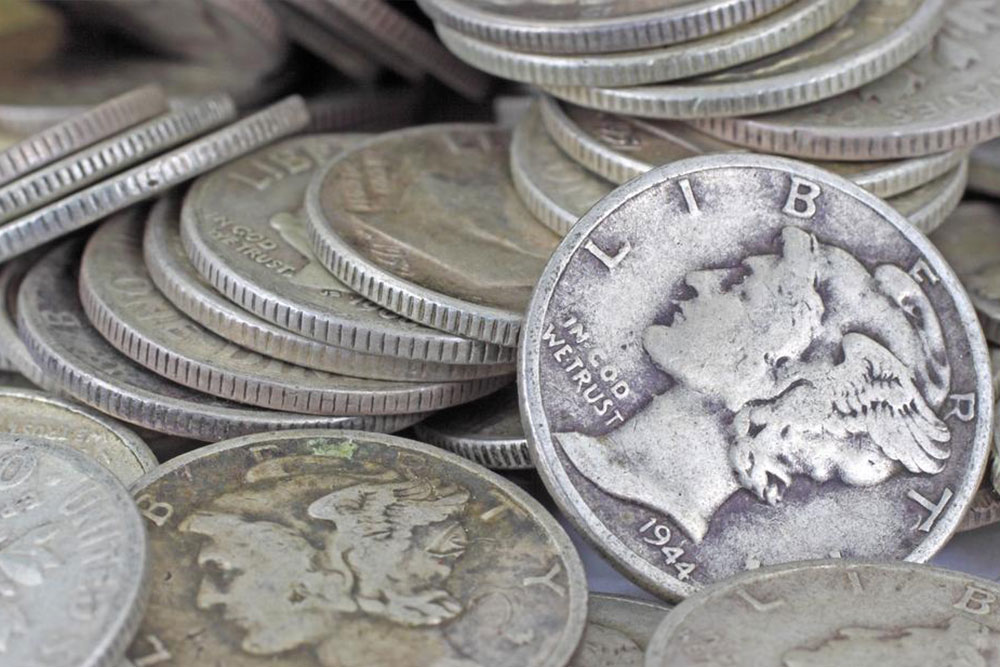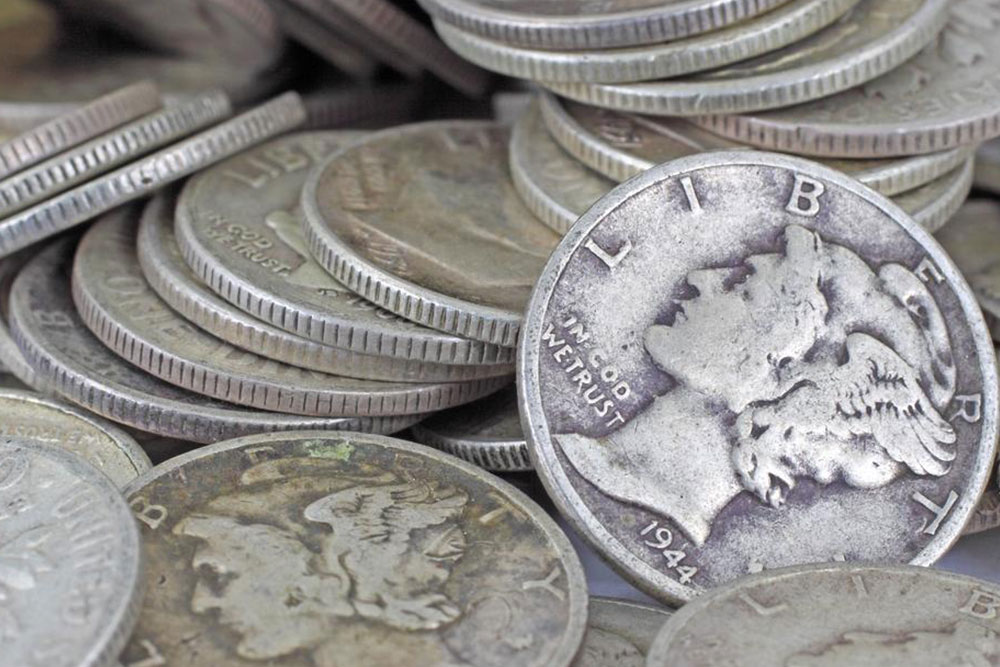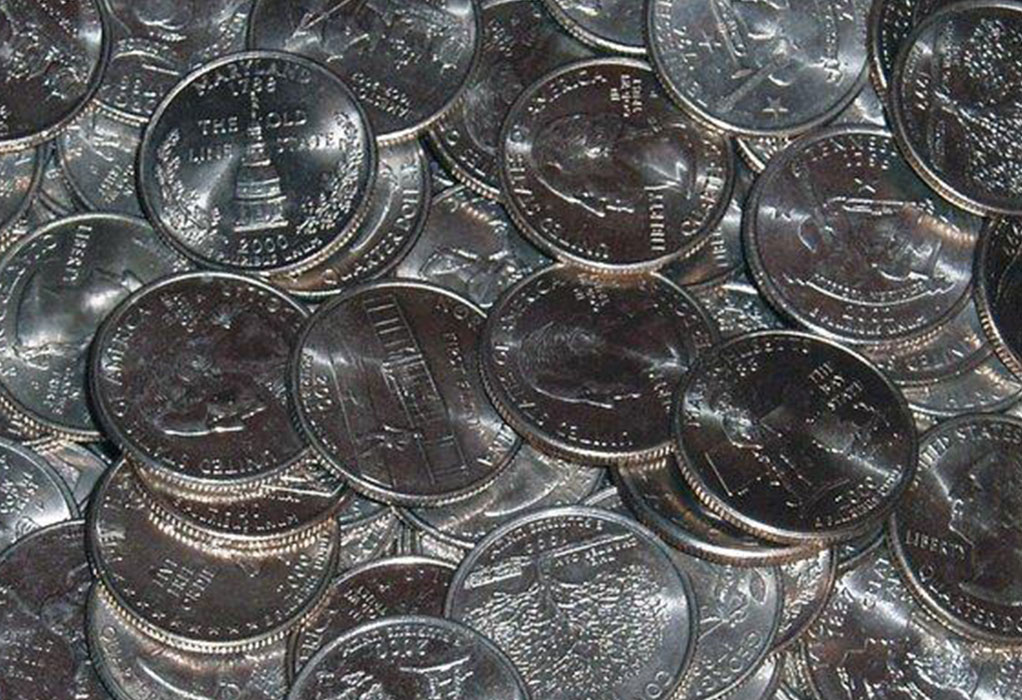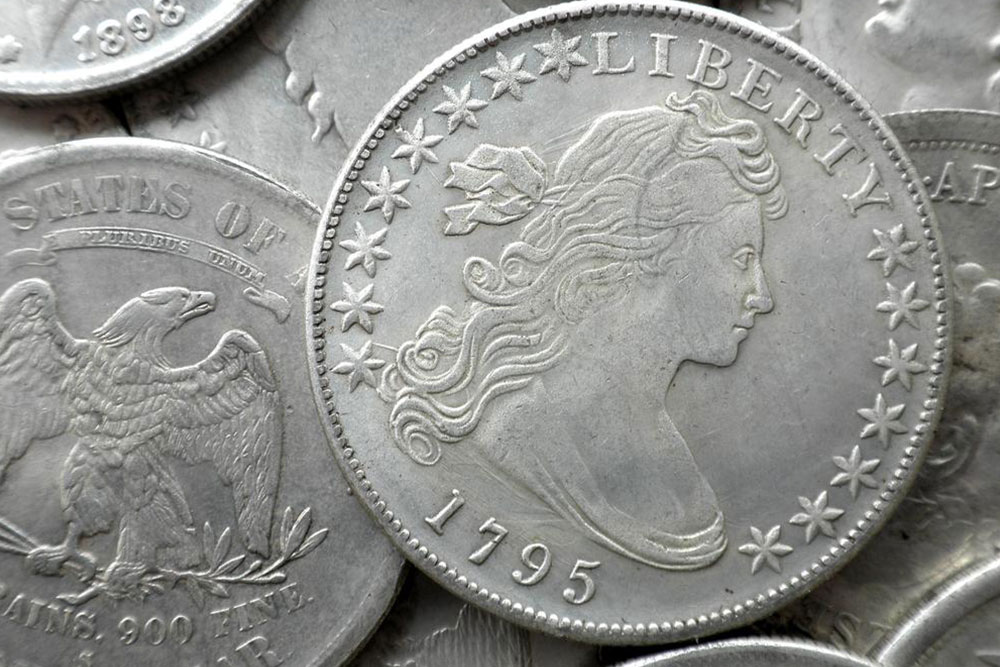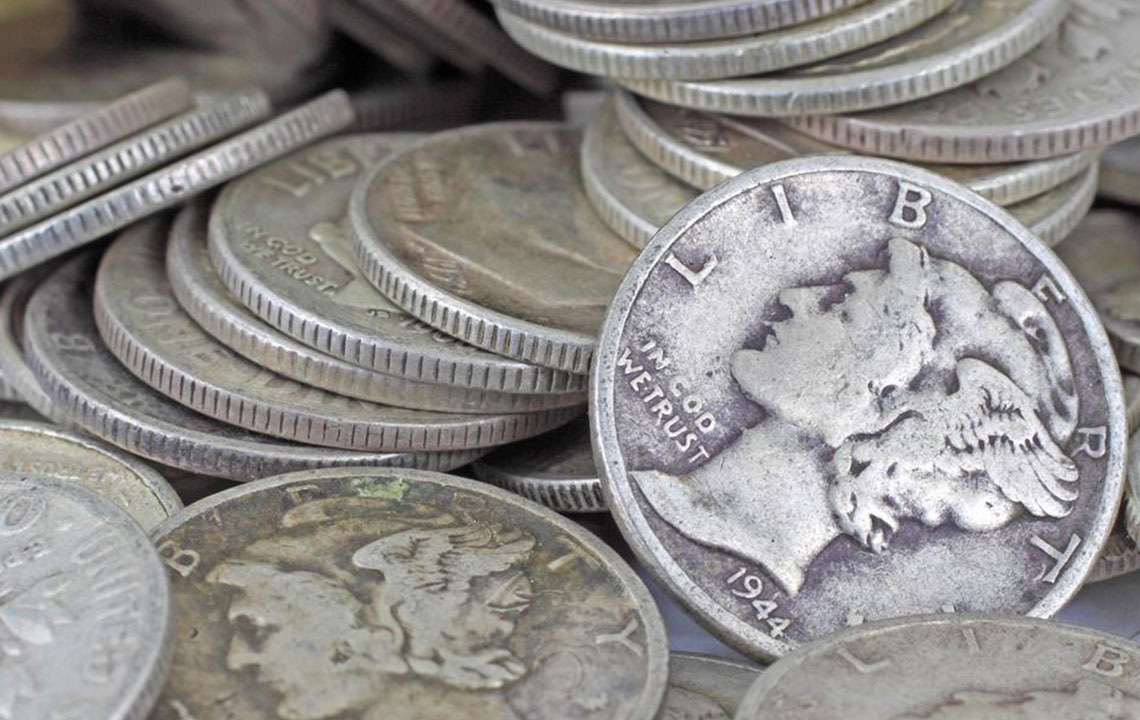Comprehensive Guide to Investing in Silver Bars and Coins for Wealth Growth
This comprehensive guide explores the benefits of investing in silver bars and coins, detailing types of silver assets, purchase strategies, and storage tips. Silver provides a stable, versatile addition to diversified portfolios, serving as a hedge against inflation and economic uncertainty. The article emphasizes choosing reputable dealers and proper storage methods to secure your investments, offering practical advice for both novice and experienced investors seeking wealth growth through silver assets.
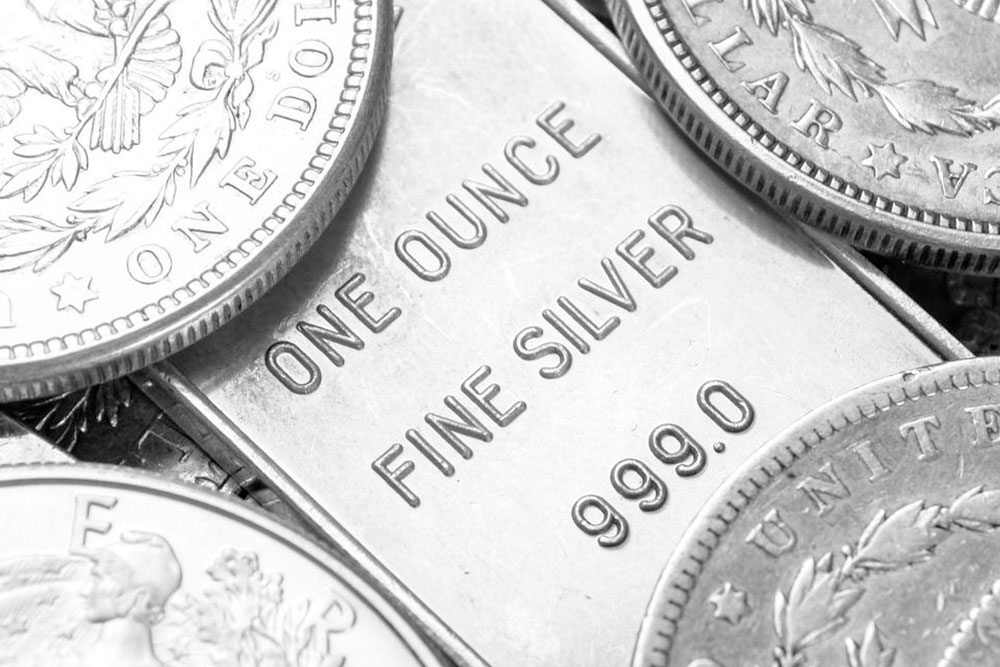
Comprehensive Guide to Investing in Silver Bars and Coins for Wealth Growth
In the landscape of alternative investments, silver stands out as an excellent option for those seeking stability and growth in their financial portfolios. Investing in silver coins and bars has gained popularity among both novice and experienced investors, especially during periods of market volatility. Silver’s unique properties, such as its versatility, relative affordability, and historical significance, make it a desirable asset for preserving wealth, hedging against inflation, and diversifying investment holdings. This comprehensive guide aims to provide valuable insights into the essential aspects of investing in silver, covering types of silver investments, crucial factors to consider, and the best practices for purchasing and securing your assets.
Why Invest in Silver? The Benefits and Strategic Advantages
Silver has long been regarded as a vital commodity, not only for industrial purposes but also as a precious metal with significant investment potential. Its role as a 'poor man's gold' underscores its accessibility and appeal to a broad range of investors. Unlike stocks or bonds, silver offers tangible assets that can be physically held, providing a sense of security during economic downturns. The metal’s market price often exhibits less volatility compared to other commodities, making it a safe haven during financial crises.
As fiat currencies face inflation and devaluation, silver's intrinsic value tends to rise, offering investors a reliable hedge. Furthermore, the demand for silver in manufacturing, electronics, medical applications, and renewable energy sectors ensures consistent industrial consumption, supporting its long-term value. For investors aiming to preserve capital and safeguard against economic uncertainties, silver presents an attractive proposition with ample growth opportunities.
Different Types of Silver Investments: Finding the Right Fit
Investors can choose from a variety of silver investment options depending on their financial goals, risk tolerance, and preferences. The most common forms include physical silver in the shape of bars, bullion coins, collectible coins, ingots, and paper silver instruments like ETFs and futures contracts. Each has its unique features, advantages, and considerations.
Physical Silver Assets: Silver bars and coins are the most sought-after forms of physical silver. Bar sizes vary widely, from small 1-ounce bars to large 100-ounce ingots, catering to different investment scales and storage capabilities. Bullion coins, such as the renowned American Silver Eagle, are widely recognized and traded globally. These coins are often preferred for their liquidity, ease of valuation, and collectible appeal. Collectible silver coins may carry numismatic value beyond silver content, offering potential for appreciation over time.
Silver Eagles are typically sold in rolls containing 20 coins or larger boxes called monster boxes, which can hold about 500 coins, each weighing one ounce. These packaging options simplify bulk purchasing, storage, and transport.
Paper Silver Investments: For those who prefer not to handle physical metals, paper silver options such as silver ETFs, mining stocks, or futures contracts are available. While these do not involve physical possession, they provide exposure to silver’s market performance and can be traded easily on financial exchanges. Investors should weigh the pros and cons of physical versus paper investments based on their liquidity needs and investment strategies.
Where to Purchase Silver Safely
When venturing into silver investments, choosing reputable sources is crucial to ensure authenticity and security. The most reliable channels include licensed banks and authorized dealers with proven track records. Banks often offer silver with lower premiums but may have limited options in terms of variety and quantity. Authorized precious metals dealers usually provide a broader range of products and sizes, though they might charge higher premiums.
Before proceeding with any purchase, consult with a financial advisor or investment expert to verify that your choice aligns with your overall financial plan and investment objectives. Always verify the dealer’s credibility through reviews, licensing information, and industry memberships to avoid counterfeit or substandard products.
Delivery and Storage Tips for Silver Investments
Securing the safe delivery and storage of your silver assets is of paramount importance. Always insist on personal receipt of your purchased silver to prevent theft or loss during transit. Avoid sellers promising delayed delivery or those who rely heavily on third-party secure storage arrangements, as these can introduce risks.
Ideally, physical silver should be stored in a secure, insured location such as a safe deposit box, private vault, or a home safe designed for high-value items. Proper documentation, certificates of authenticity, and detailed inventory records are essential for tracking your holdings. Additionally, understanding the associated costs of storage and insurance can help you better evaluate your investment’s overall return potential.
In conclusion, investing in silver bars and coins can be a highly effective way to diversify your investment portfolio, hedge against economic instability, and accumulate wealth over time. By understanding the different types of silver investments, selecting reputable sellers, and adopting sound storage practices, investors can maximize their gains while minimizing risks. As with all investments, thorough research, patience, and prudent decision-making are key to achieving long-term success in the silver market.
